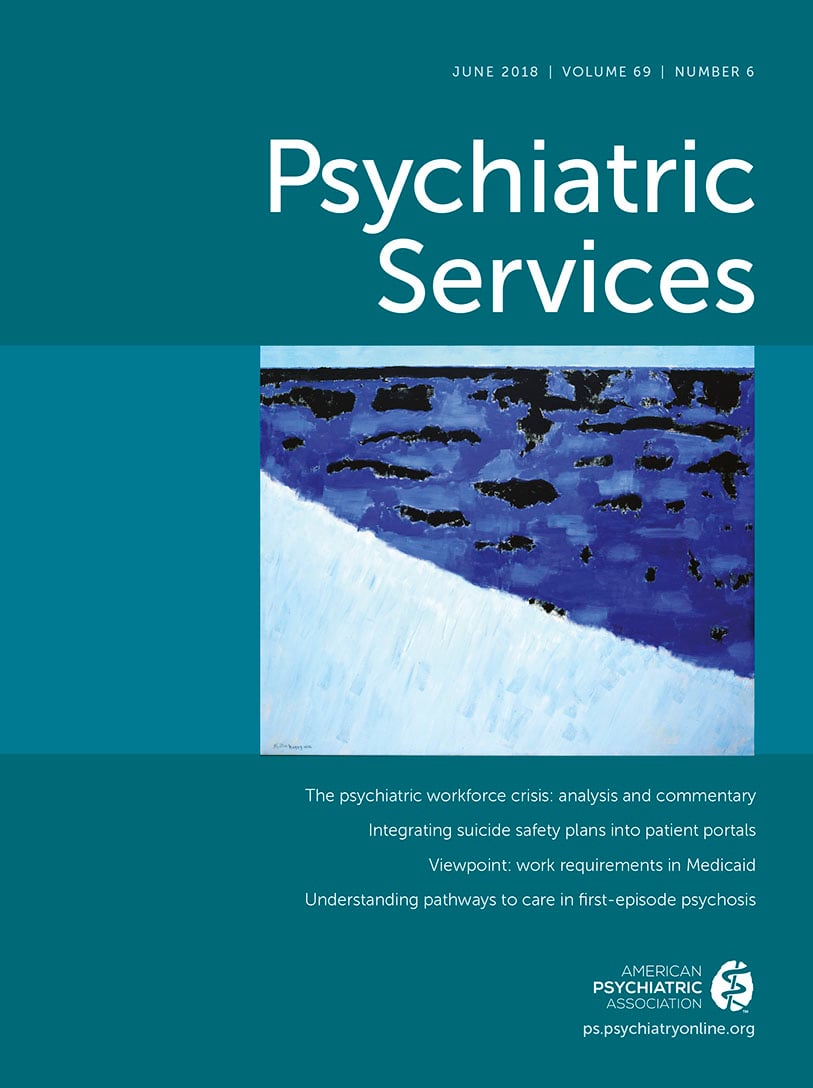Within this issue the article by Satiani and colleagues offers workforce projections for psychiatrists in the United States. The authors refresh our memory about the country’s growing population, the prevalence of mental illnesses in the population, and the large number of individuals who do not receive treatment. With respect to psychiatrists, they report that more than half are over the age of 55 and likely to retire during the next decade, while the number of psychiatry residency positions remains at 1990 levels. Acknowledging the many complexities involved in predicting supply and demand, they conclude that the number of psychiatrists will shrink through 2024, leaving a shortage as high as 31,000. As trends then reverse, they project that, by 2050, the workforce will range between a shortfall of nearly 18,000 and a small surplus of about 3,500. To restate their main finding more bluntly, there is a small chance that the supply of psychiatrists might be sufficient 30 years from now.
This article should serve as another reminder of the magnitude of the workforce problems in behavioral health, the lack of progress in addressing these problems, and the scarcity of efforts under way to strengthen the workforce. Numerous reviews over the past decade have reported severe shortages of prescribers and serious shortages of nonprescribers. Uneven geographic distribution of the workforce results in unmet need in areas such as poor urban centers and rural counties. Turnover among individuals working in this field disrupts care as employees move between jobs at agencies struggling to fill vacancies or leave the field altogether because of comparably low salaries or limited opportunities for career growth.
Far too few members of the workforce are skilled and engaged in serving individuals with severe mental illnesses. Similarly, the workforce is trained principally to care for adults, leaving large gaps in care available for children, adolescents, young adults, and their families. The older adult population is growing dramatically, but our workforce development response to meeting its needs is a near deafening silence. Despite overwhelming data on the prevalence of co-occurring mental and substance use conditions, many professional training programs maintain their narrow mental health or substance use focus, leaving graduates ill prepared to care effectively for clients with co-occurring disorders. And far too few providers have the cultural and linguistic competence necessary to serve the growing minority populations.
There have, of course, been national, state, and local efforts to improve this workforce. The Substance Abuse and Mental Health Services Administration and the Health Resources and Services Administration have strengthened their partnership and activities in this area. A recent example is the funding of a Behavioral Health Workforce Research Center, which should improve the ability of the field to estimate supply and demand. Alaska has a long-standing workforce initiative on behavioral health, Nebraska funds a behavioral health workforce center through its university system, and Massachusetts has created an online workforce portal promoting careers and access to jobs focused on substance use. Local provider agencies have implemented initiatives to improve recruitment, retention, and staff competencies.
Most workforce initiatives are not documented, disseminated, evaluated, or brought to scale, however. As a nation, we are not building a strong knowledge base about effective workforce practices nor are we making what we know accessible to those who train and employ the workforce. All creative efforts combined are too small to move the needle on the workforce challenges we face.
Concerted action does not occur because of several factors. The workforce challenges are numerous and complex, leading to confusion about priorities and the best course of action. The lack of access to a knowledge base and technical assistance leads to inertia or false starts. So many stakeholders have a role in the solutions (government, educational institutions, accrediting organizations, foundations, and employers) that a bystander effect is observed, characterized by collective inaction.
Federal agencies are likely the only organizations that have the resources and influence to address these obstacles. They should prioritize establishing a national technical assistance center on workforce development in behavioral health to inform the efforts of those attempting to address the workforce challenges. Equally important, they should use their financial leverage and bully pulpits to bring together representatives of all major stakeholders to launch a coordinated and sustained national agenda of sufficient scope to strengthen this essential workforce.
Let’s not wait 30 years.

